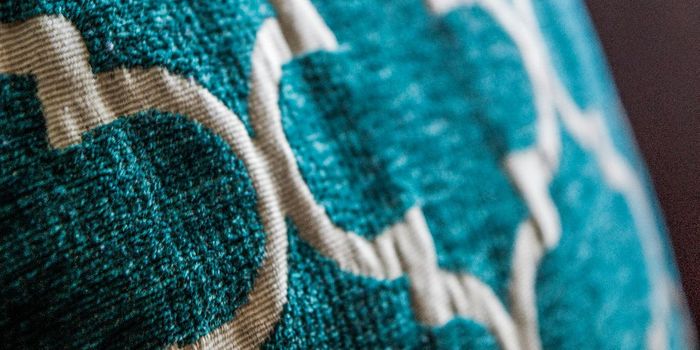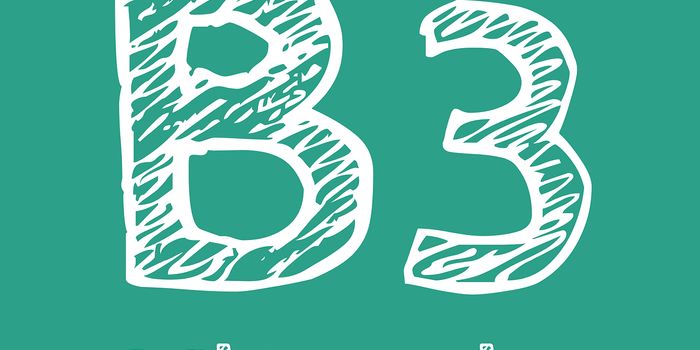I write about depression and mood disorders pretty frequently on LabRoots and that is because it is an issue I am truly passionate about. SSRIs and other monoamine-focused therapies have been the dominant antidepressants for decades, despite the fact that there are high rates of partial or no response to treatment. For those who do respond, it can take weeks for the drug or drug combination to have an effect. It can also take a few rounds of trial and error to figure exactly which drug cocktail will be the most efficacious. Research by pharmaceutical companies into other kinds of antidepressants has stagnated which is why I feel it is important to draw your attention to labs that are exploring other treatments.
Today, I’d like to share a
Nature Medicine paper out of Institut National de la Santé et de la Recherche Médicale (INSERM) in Paris, France which details the cellular mechanism behind the lateral habenula hyperactivity seen in patients with major depressive disorder.
The lateral habenula (LHb) is a brain region that acts as a link between the forebrain and various midbrain structures. It is involved in behavioral responses to stress, pain, anxiety, sleep, and reward. The LHb is particularly interesting because it is one of the few brain regions that modulates both dopamine and serotonin neurotransmission. With that kind of involvement, no wonder this brain region has been implicated in depression and mood disorders. Imaging studies have shown the LHb to be hyperactive in patients with depression, as well as in healthy subjects as they experience negative feedback. The neurons in the LHb are “reward-negative,” meaning that they are stimulated by an unpleasant event or aversive experience.
Until this research led by Manuel Mameli was published in January, the cellular mechanism that causes the hyperactivity in the LHb seen in depression was unknown. Using the foot shock exposure (FsE) paradigm as an aversive experience in mice, the researchers were able to shown that the FsE caused an increase in depressive symptoms that occurred in tandem with an increase in protein phosphatase 2A (PP2A). PP2A has previously been shown to regulate GABA
B receptor and GIRK channel surface expression. GABA
B and GIRK work together to inhibit neuronal activity. Excess PP2A, as seen in depressive subjects, causes an internalization of the GABA
B-GIRK complex. The internalization of this inhibitory complex results in hyperactivity in the LHb. To confirm that this is the cellular mechanism that leads to the depressive symptoms, the researchers used a PP2A inhibitor and saw that the inhibitor reversed the depressive phenotype in the mice exposed to the foot shock.
The conclusions from this paper show a cellular mechanism in the lateral habenula for encoding aversive stimuli and also identify a novel target, PP2A, for treatments for depression. PP2A inhibitors are still years and years away from being of clinical use as there is still much more research to be done, but this is a good start. Any new target for fast-acting antidepressants is a step in the right direction.
Sources:
Nature Medicine article and
Lateral habenula review









